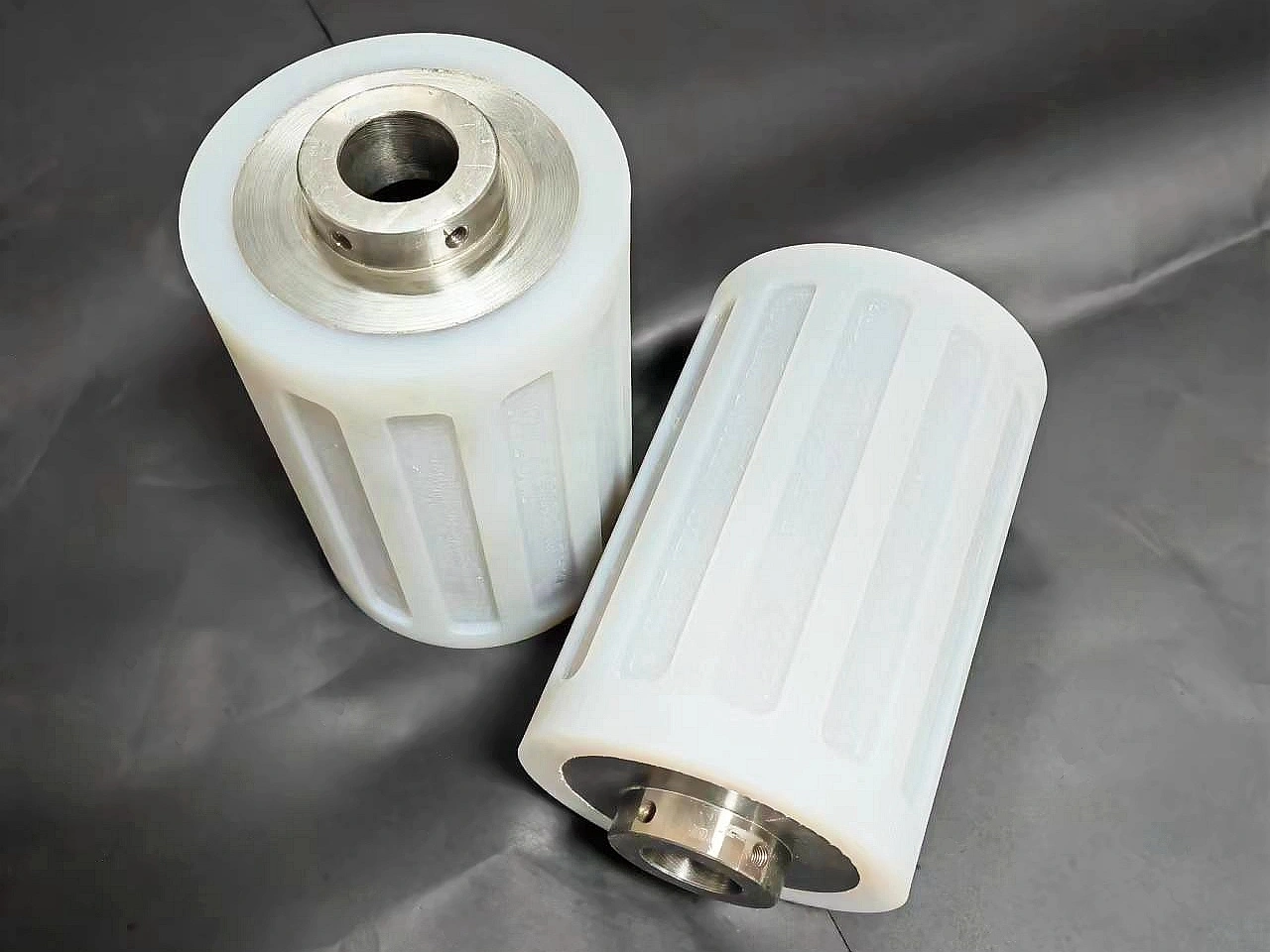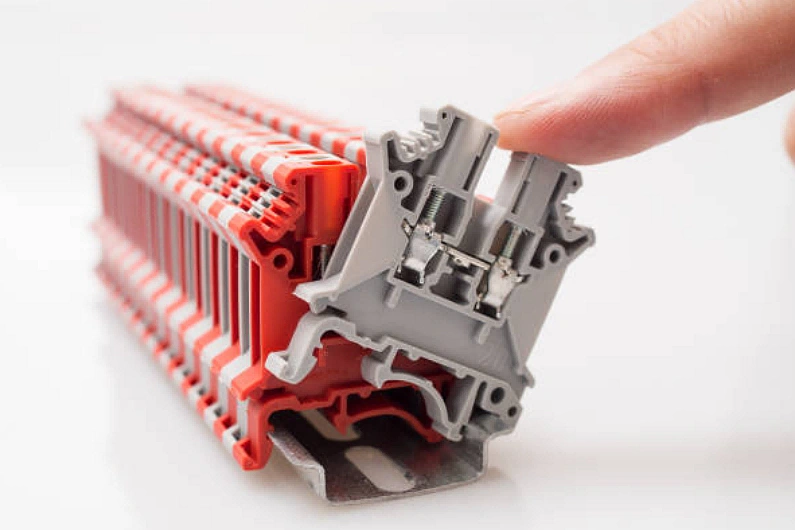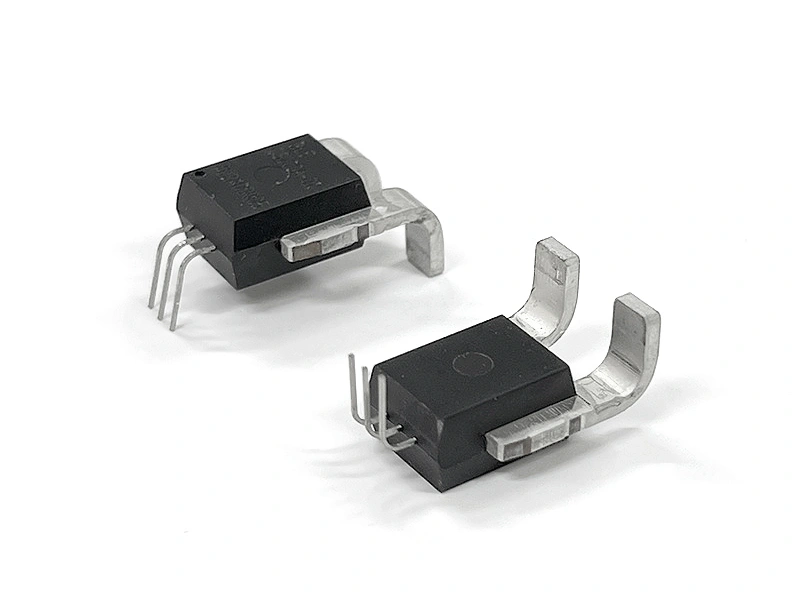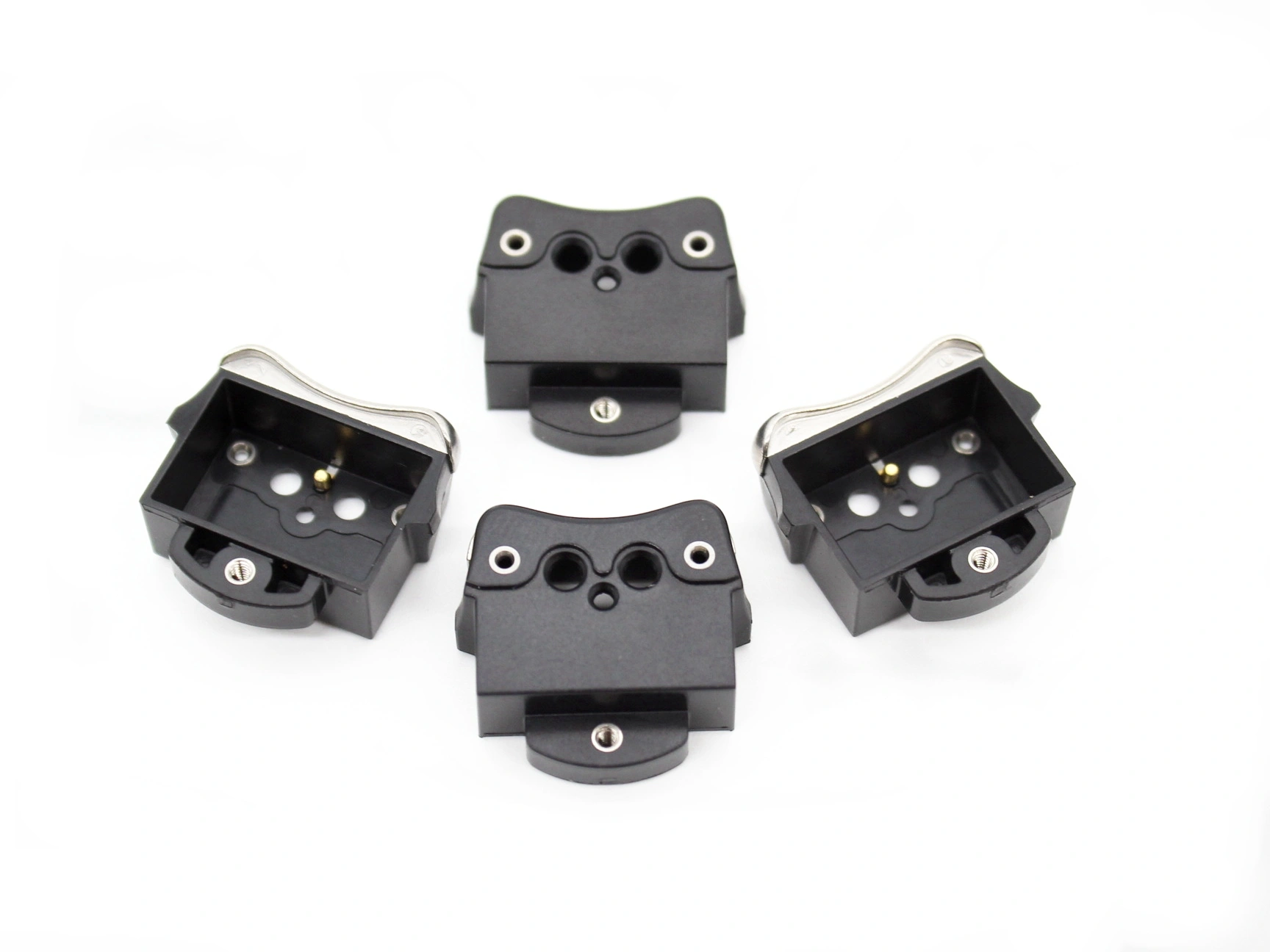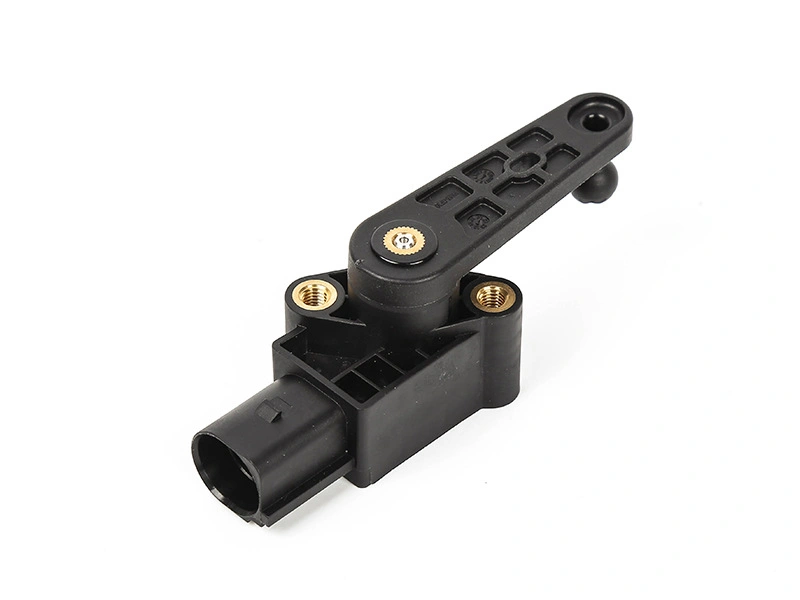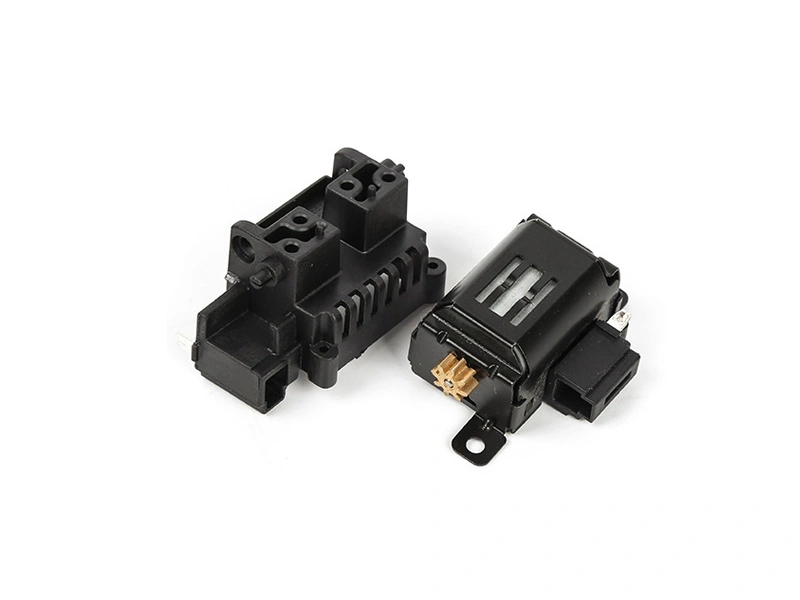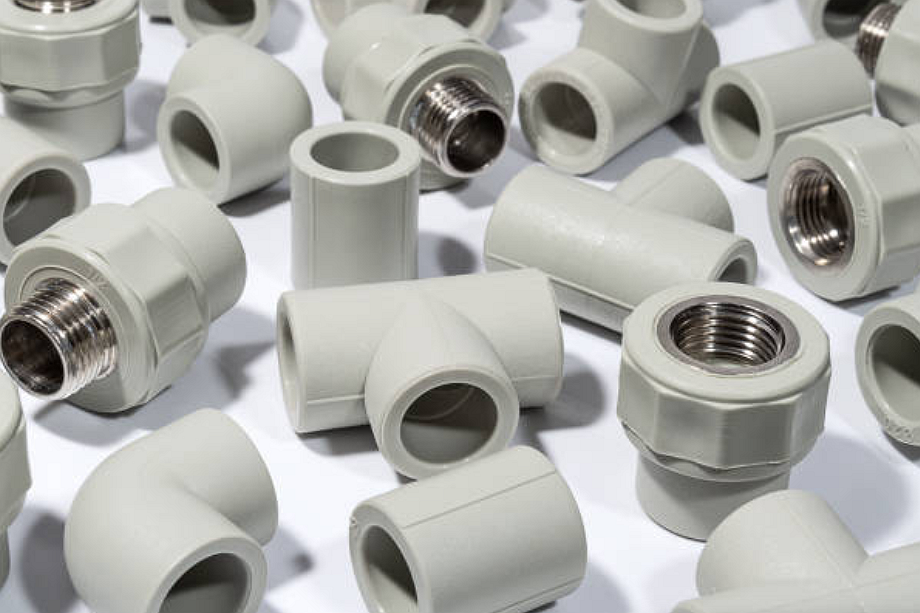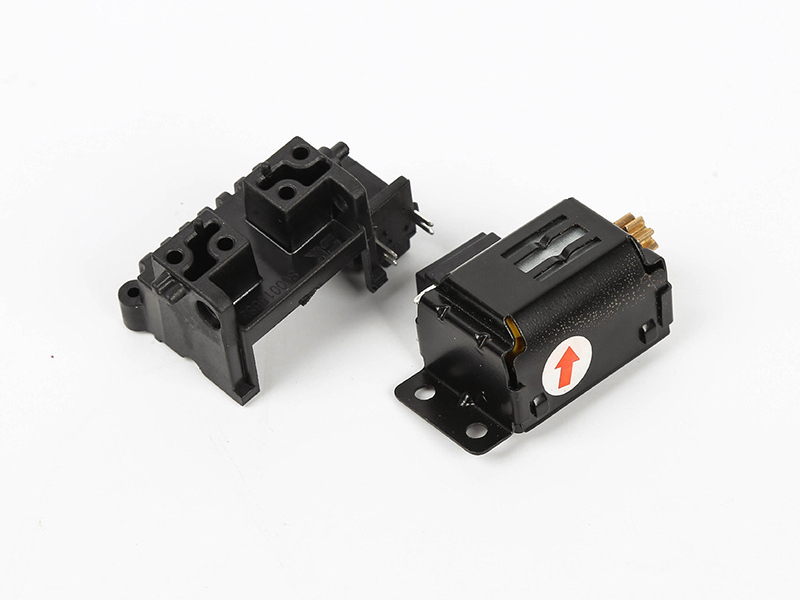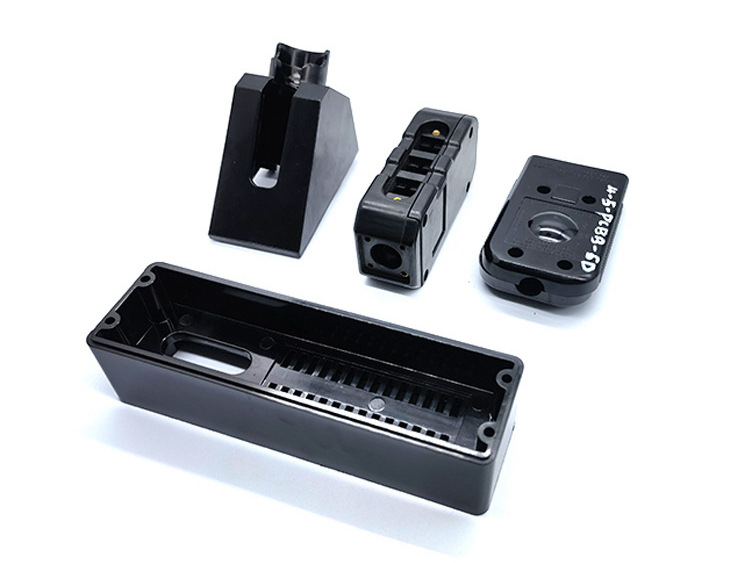Insert Injection Molding Service
Insert injection molding involves placing pre-made components, like metal parts, into a mold and then injecting plastic around them. It creates strong, integrated assemblies commonly used in industries such as automotive and electronics for enhanced mechanical properties and functionality.
- Insert Materials:
- Metals: Stainless steel, brass, aluminum, and nickel-plated carbon steel are famous for their strength and durability. Plastics: High-performance plastics like PEEK or nylon can be used for inserts when chemical resistance or insulation is required.
- Injection Molding Materials:
- Thermoplastics: Commonly used plastics include ABS (Acrylonitrile Butadiene Styrene), polypropylene (PP), polyethylene (PE), polycarbonate (PC), and nylon. These materials are chosen for their moldability, strength, and durability.
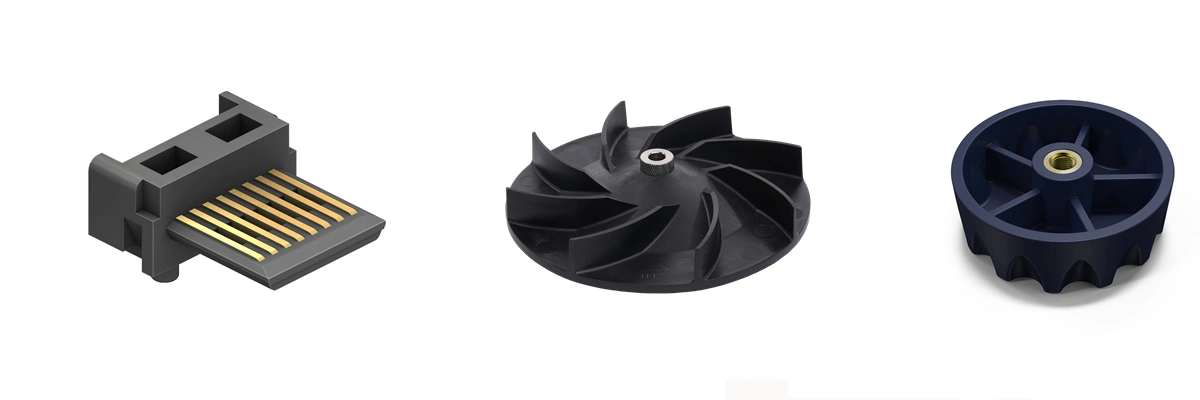
Send us your designs and specifications for a free quotation
All uploaded files are secure and confidential
Advantages of Insert Molding Service
Insert Molding Service integrates inserts into plastic parts during molding, enhancing structural integrity, reducing assembly costs, and improving reliability. This process allows for complex designs and material combinations, offering streamlined production and design flexibility, ideal for manufacturing robust and multifunctional components efficiently.
Custom Insert Molding Parts Applications
Our custom insert molding process seamlessly integrates inserts into molded components for enhanced strength and functionality. Explore a diverse range of applications across multiple industries.
Custom Parts Surface Finishing Available
Our Surface Treatment Service offers specialized finishes for custom parts, enhancing durability, aesthetics, and performance. We provide a range of processes, including Electroplating, Anodizing, Powder Coating, and Thermal Barrier Coatings, tailored to improve corrosion resistance, wear properties, and visual appeal of metal and plastic components across industries.
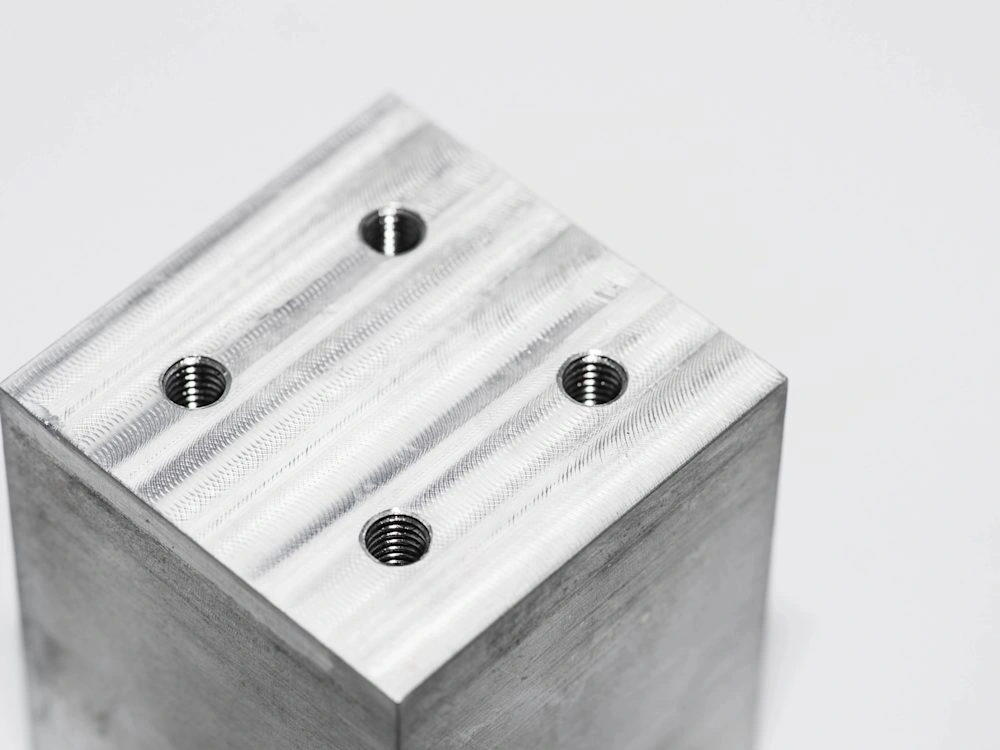
Learn More
As Machined
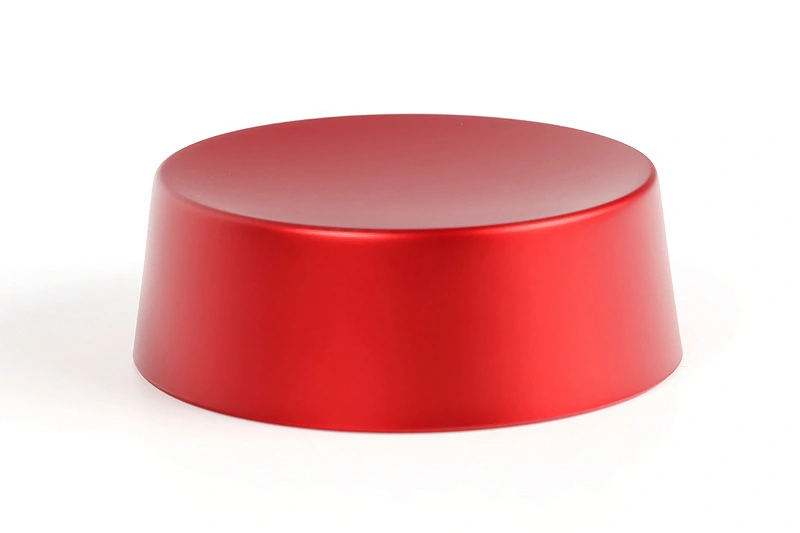
Learn More
Painting
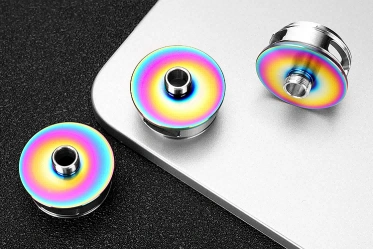
Learn More
PVD
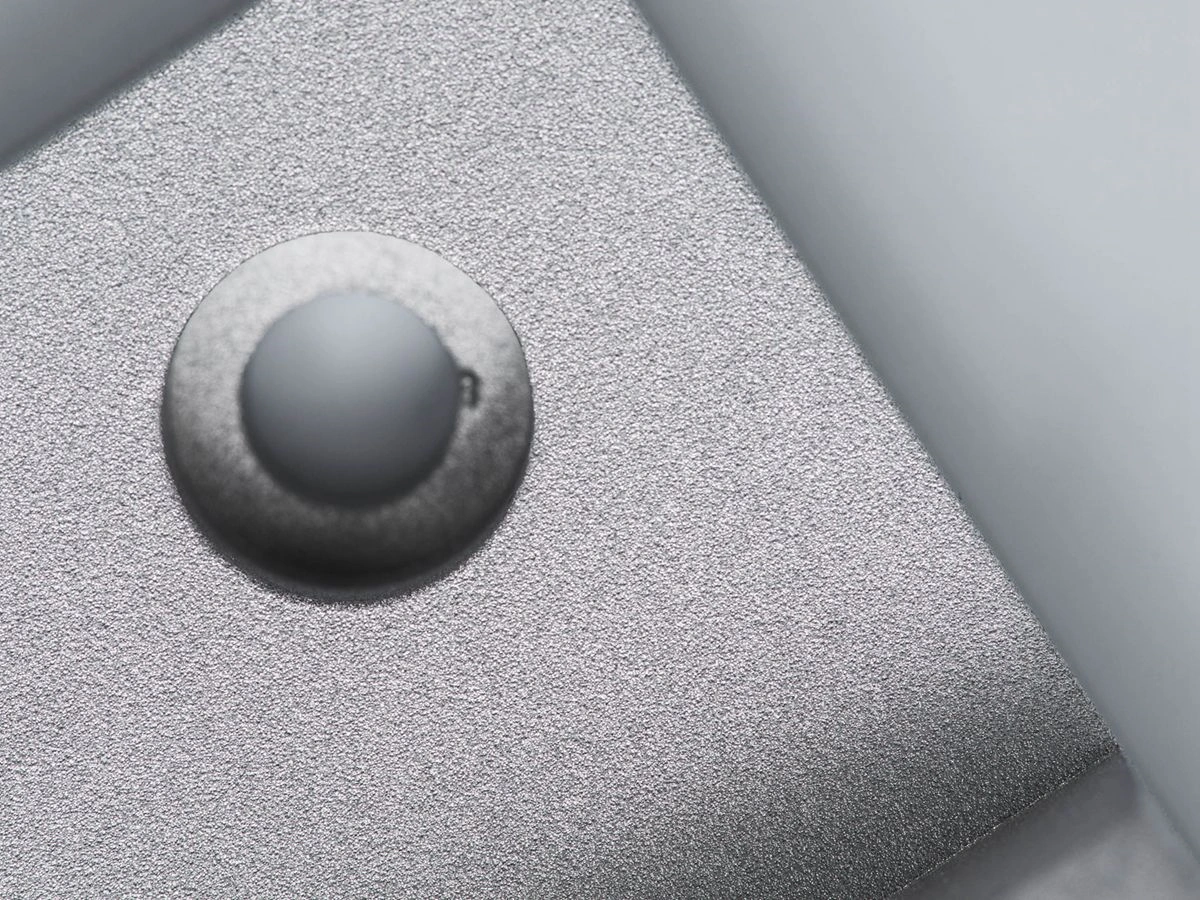
Learn More
Sandblasting
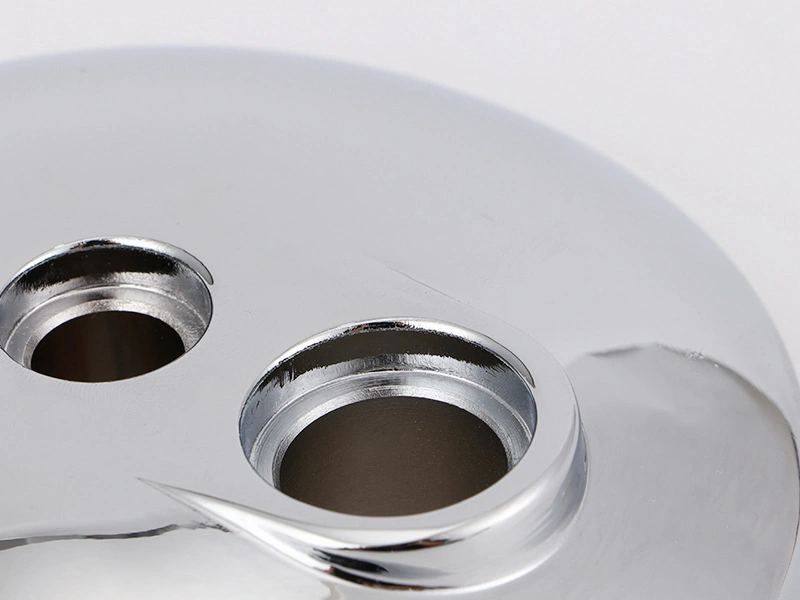
Learn More
Electroplating
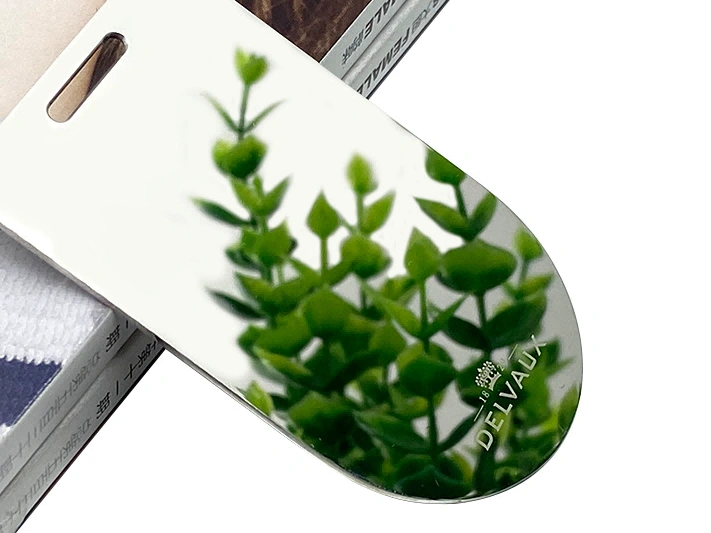
Learn More
Polishing
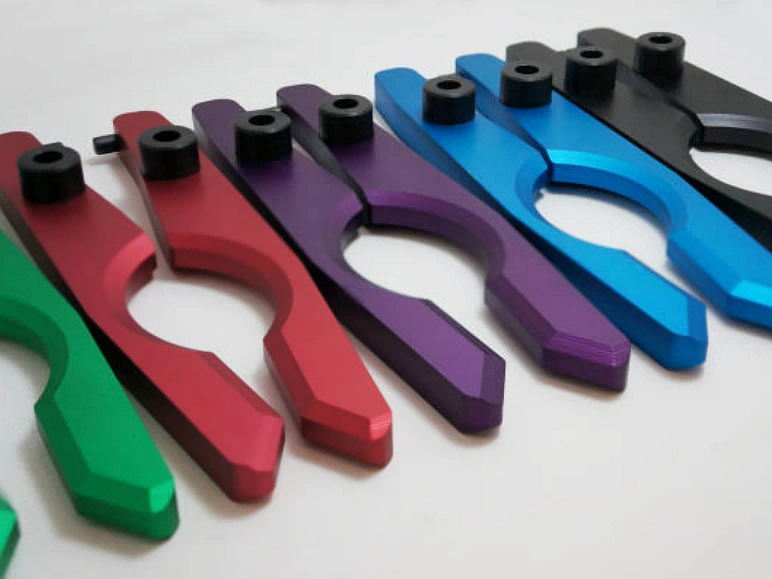
Learn More
Anodizing
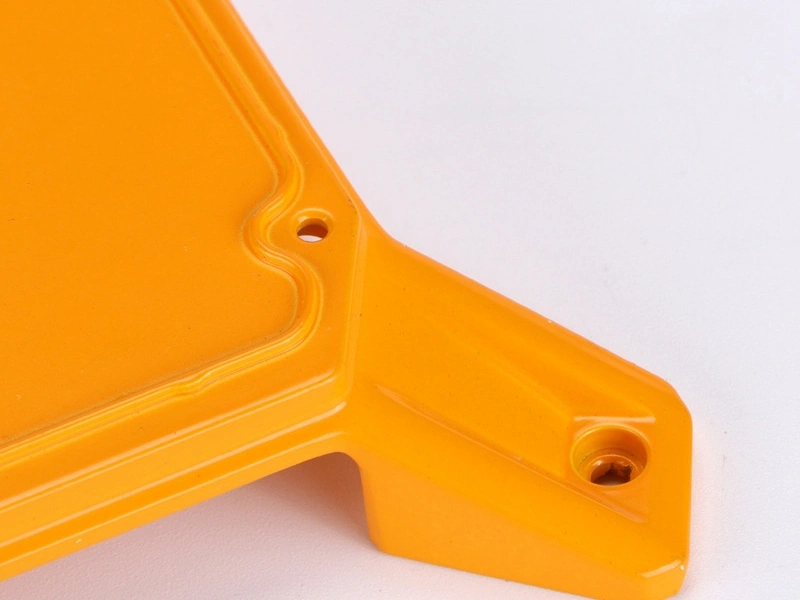
Learn More
Powder Coating
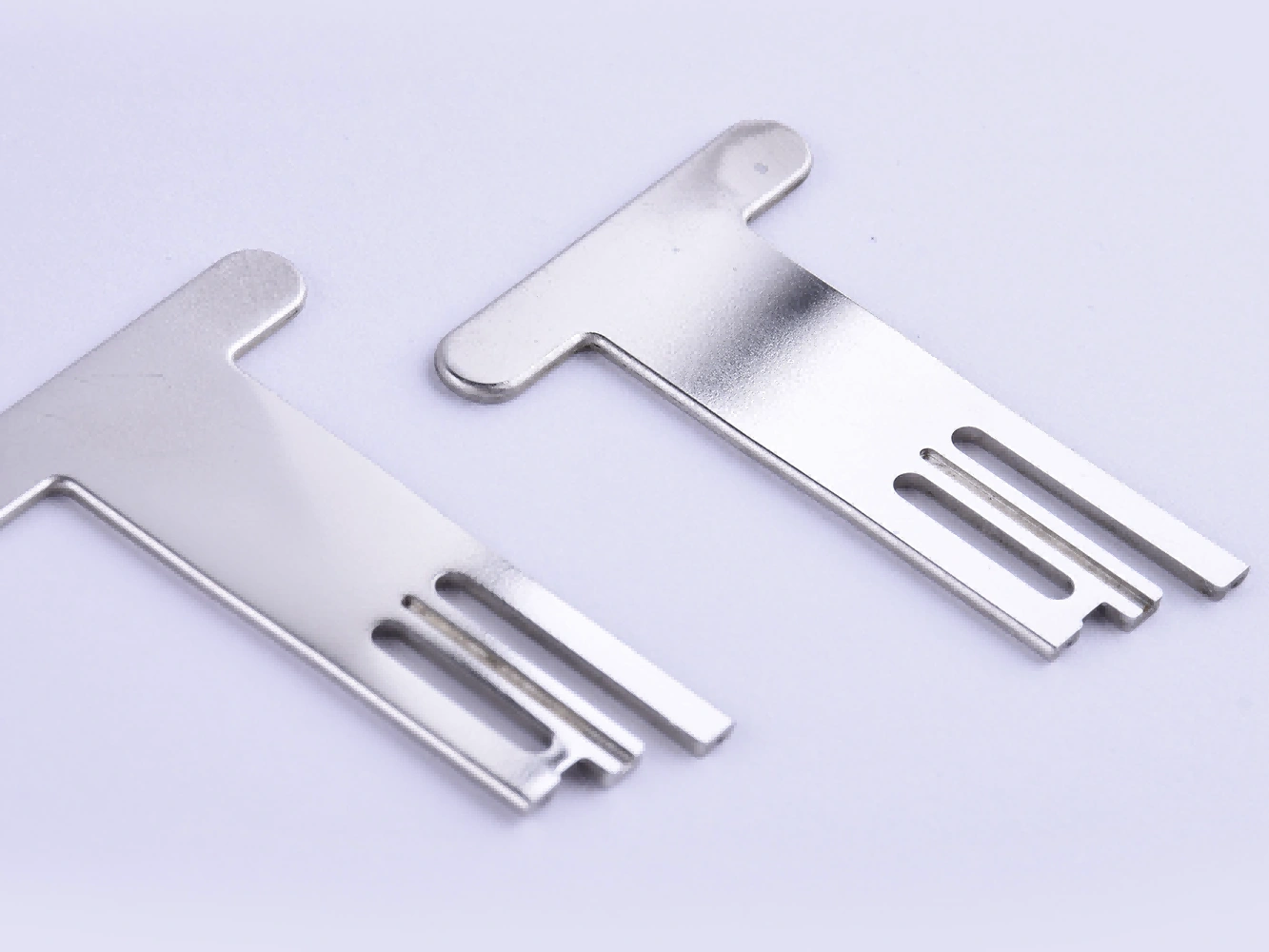
Learn More
Electropolishing
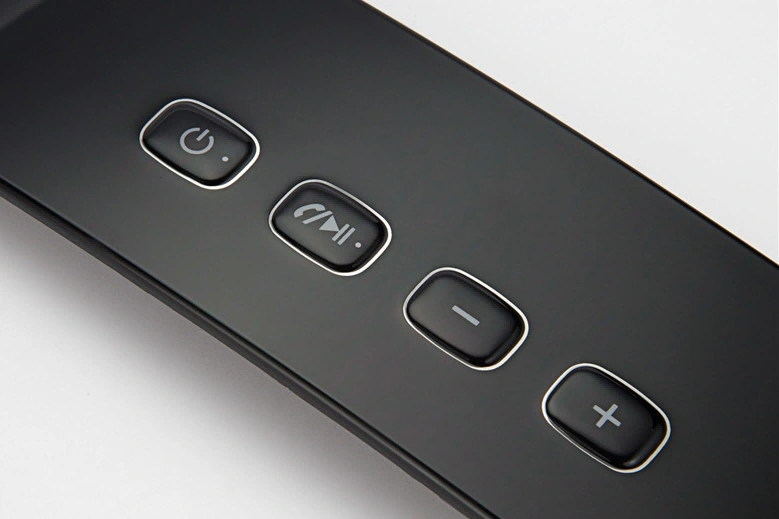
Learn More
IMD
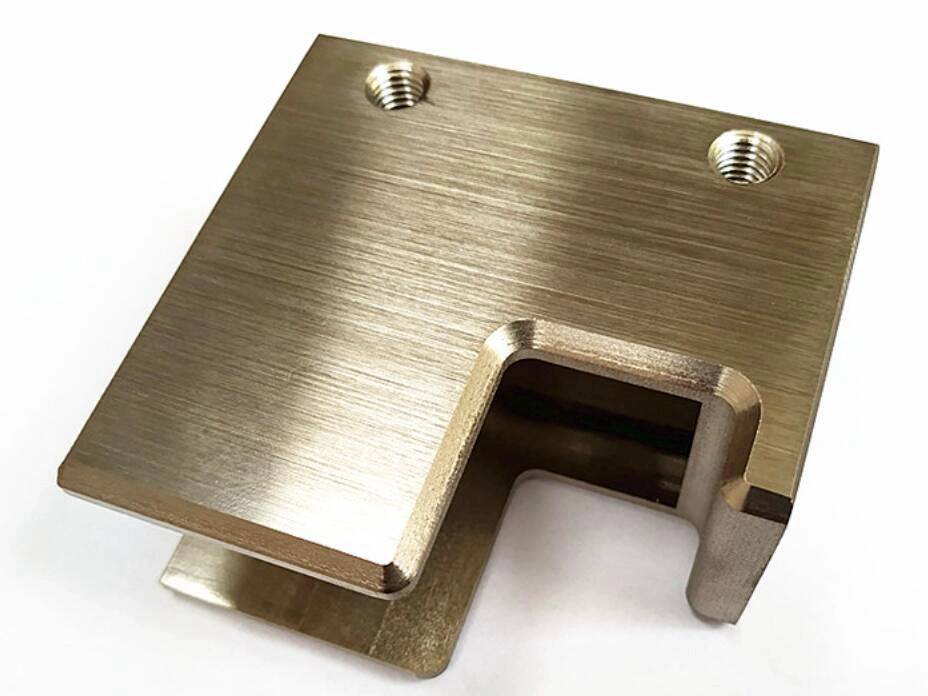
Learn More
Brushed Finishes
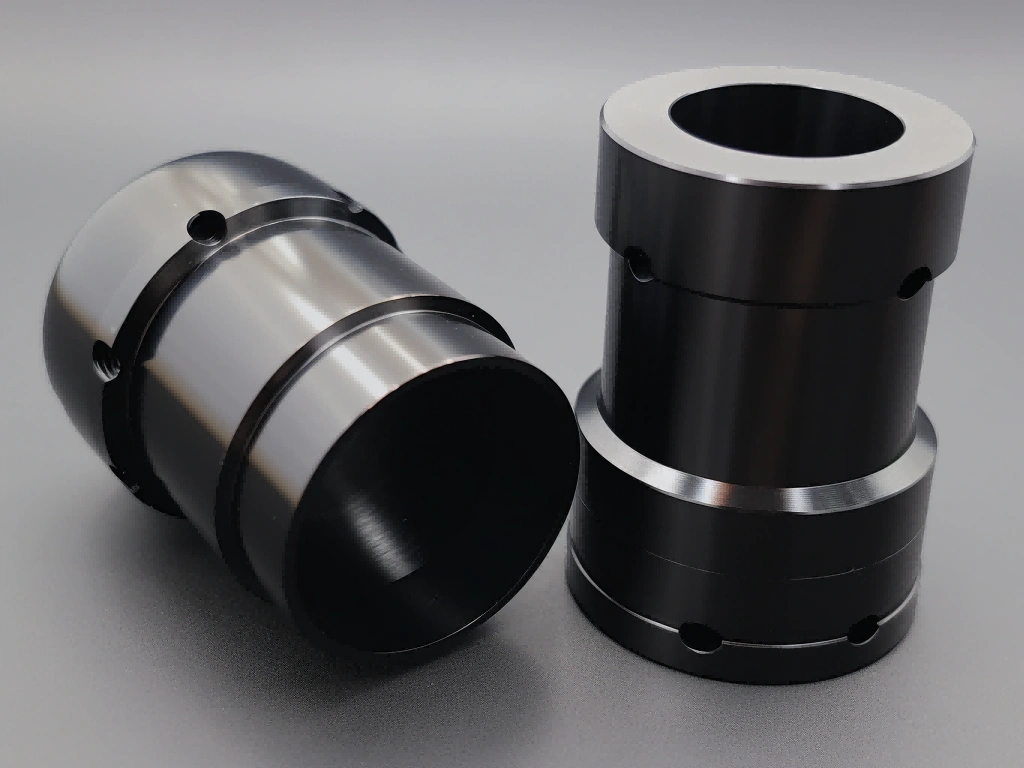
Learn More
Black Oxide
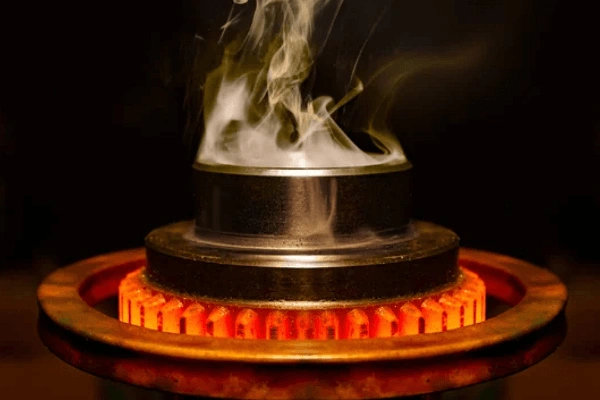
Learn More
Heat Treatment
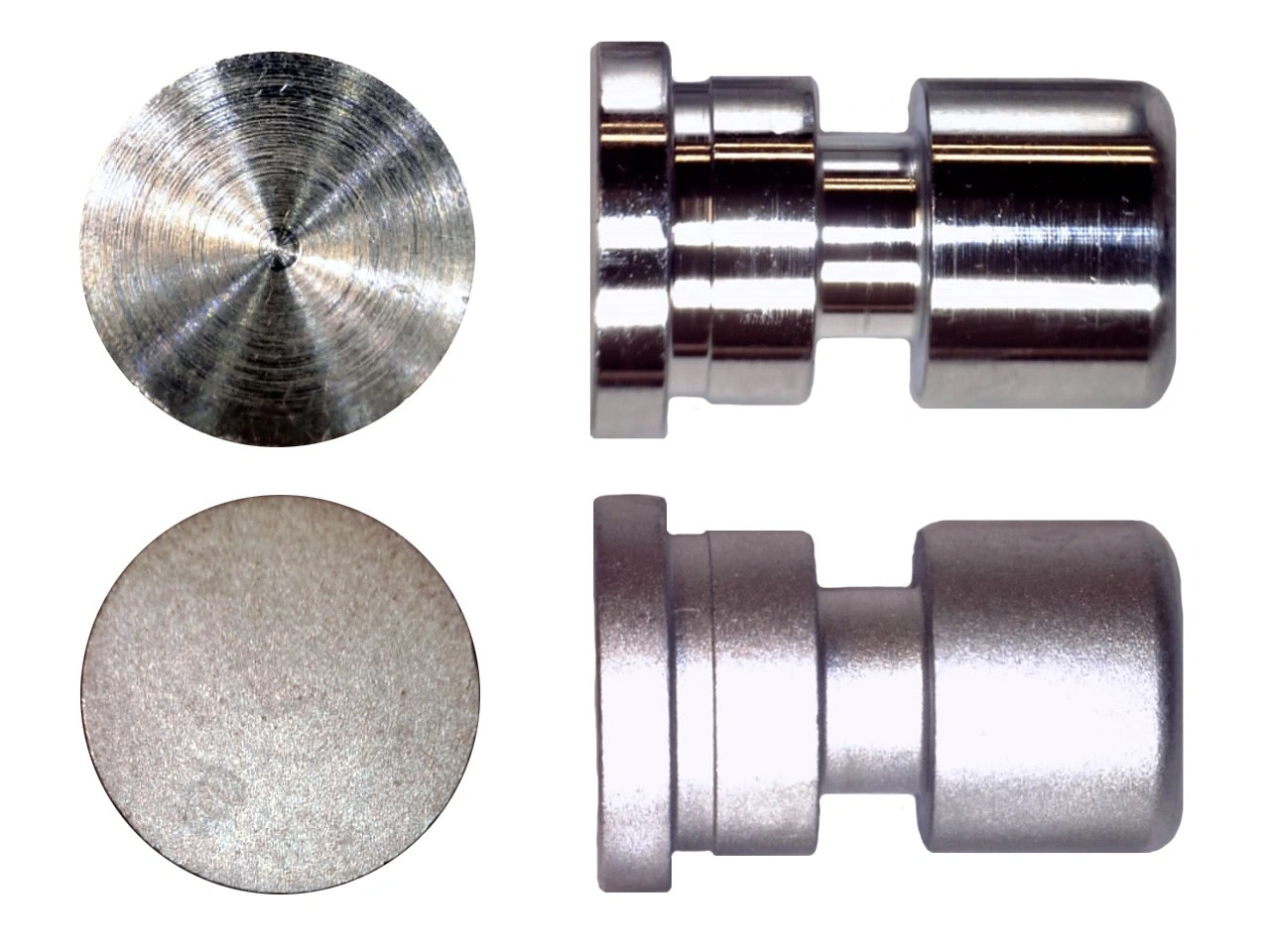
Learn More
Tumbling
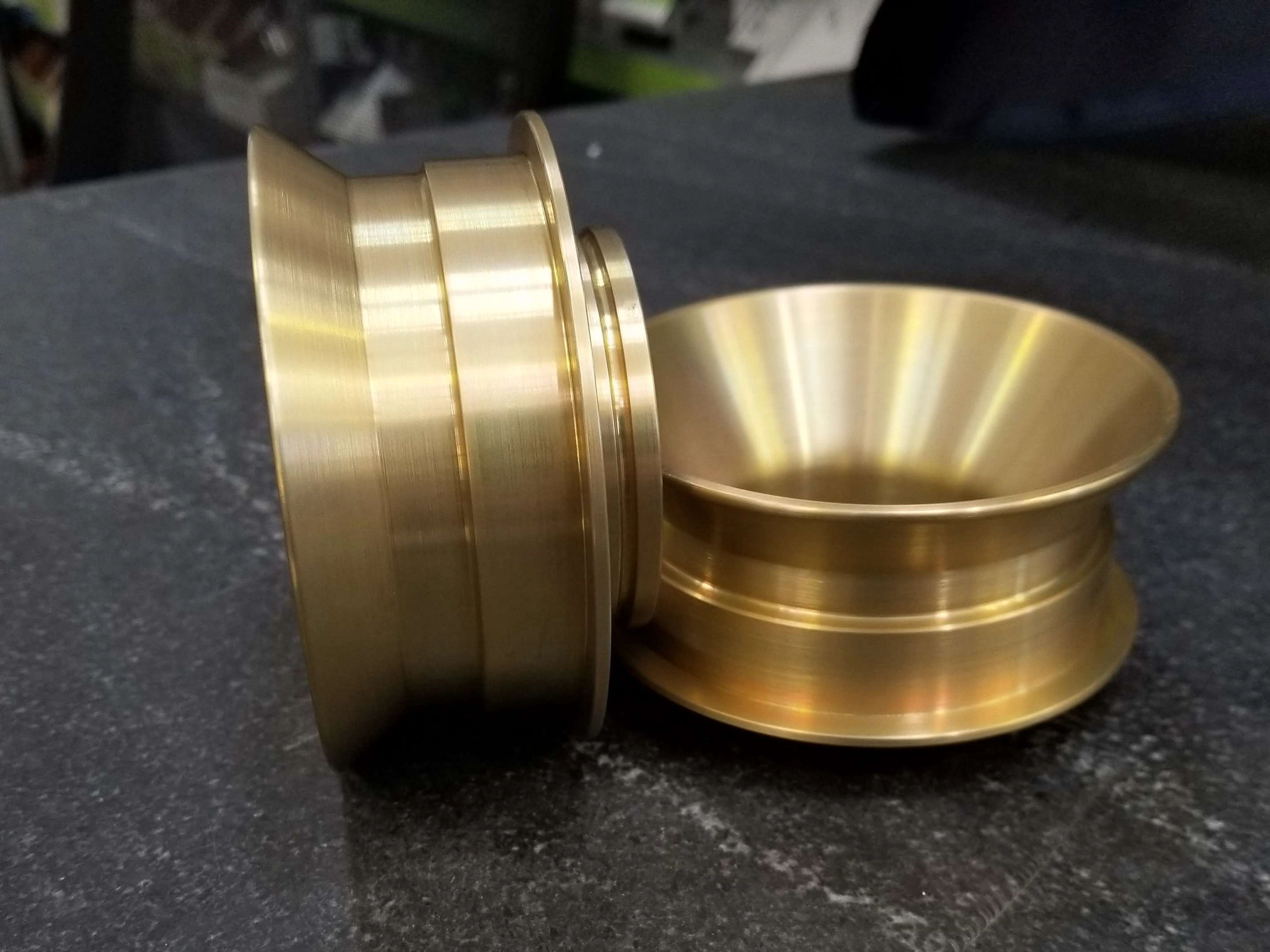
Learn More
Alodine
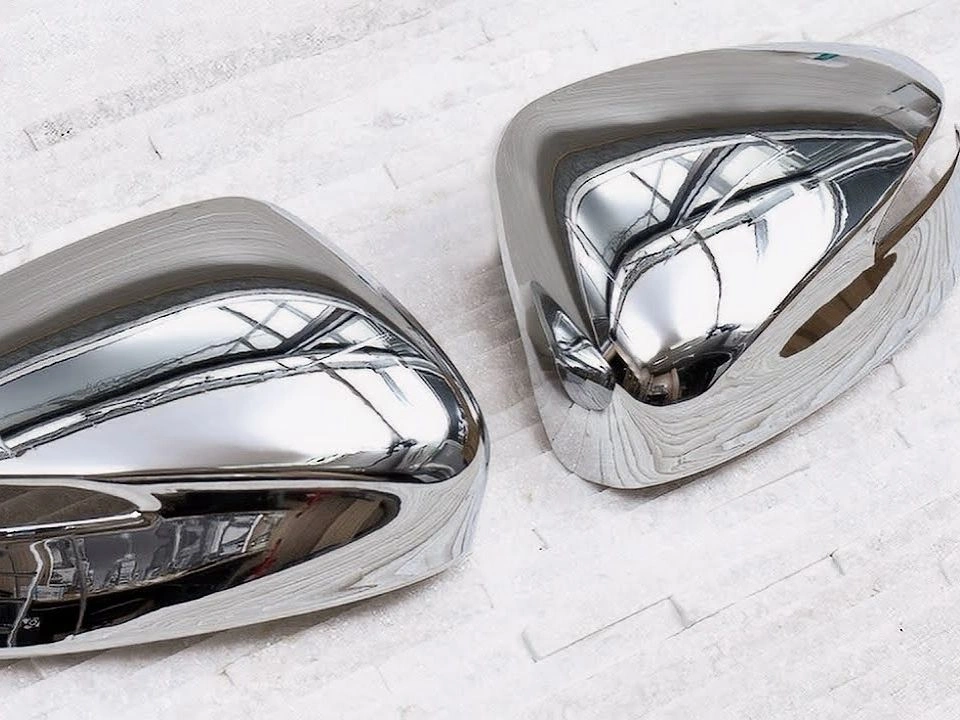
Learn More
Chrome Plating
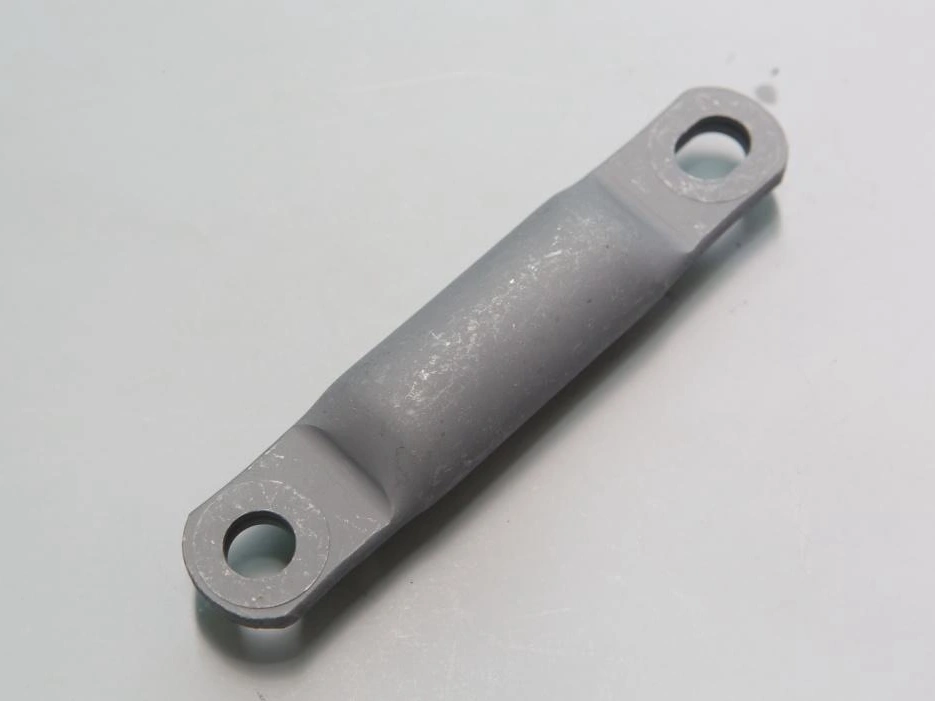
Learn More
Phosphating
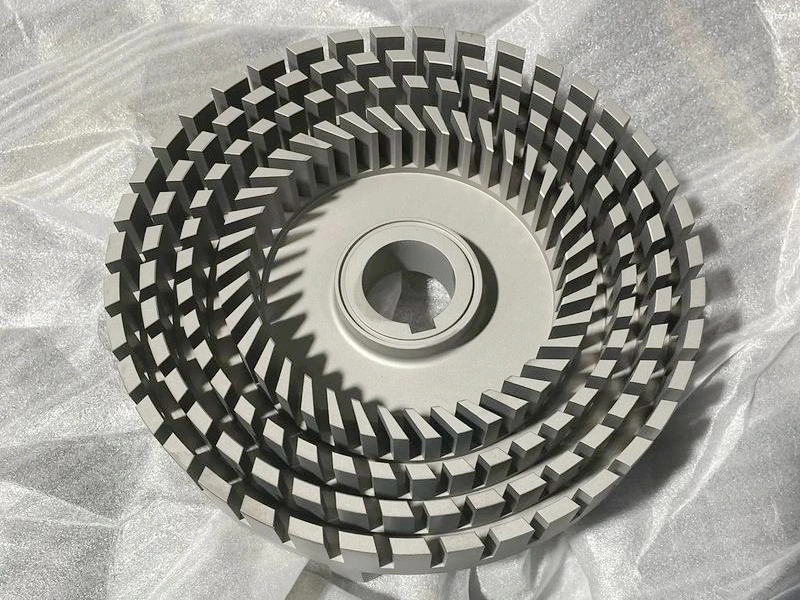
Learn More
Nitriding
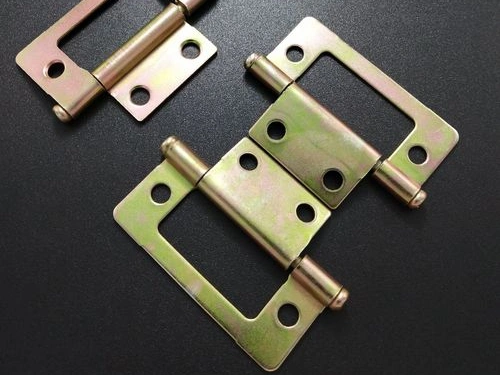
Learn More
Galvanizing
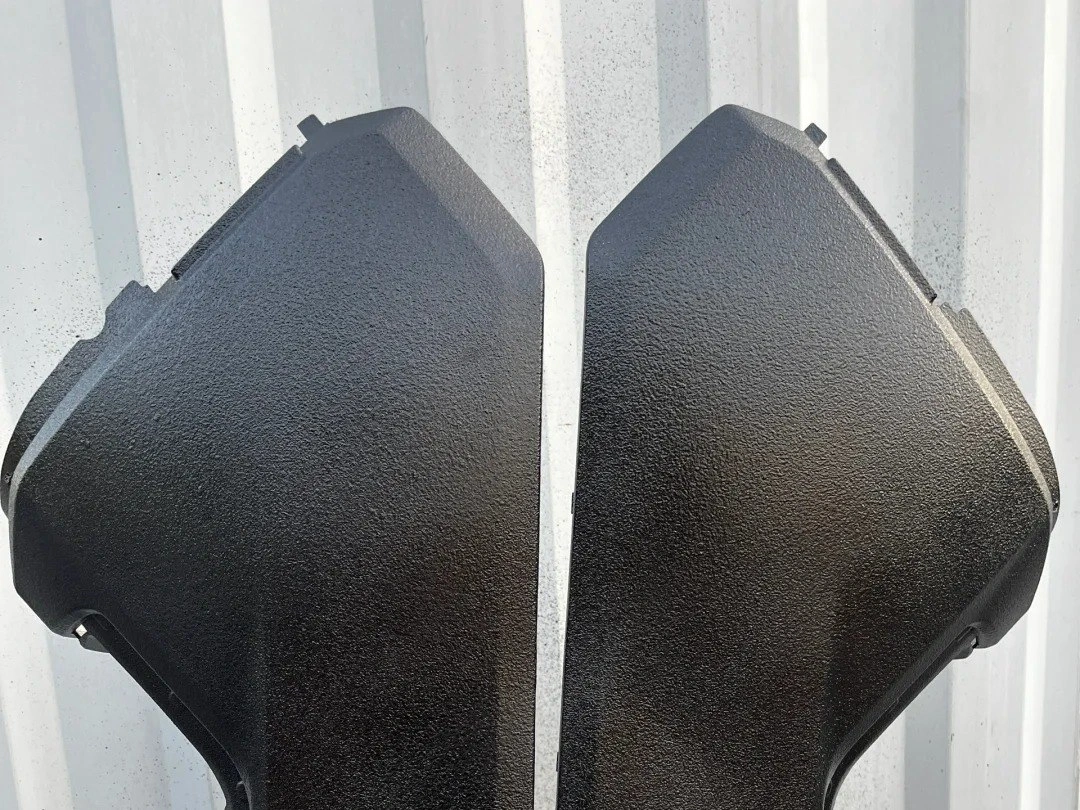
Learn More
Lacquer Coating
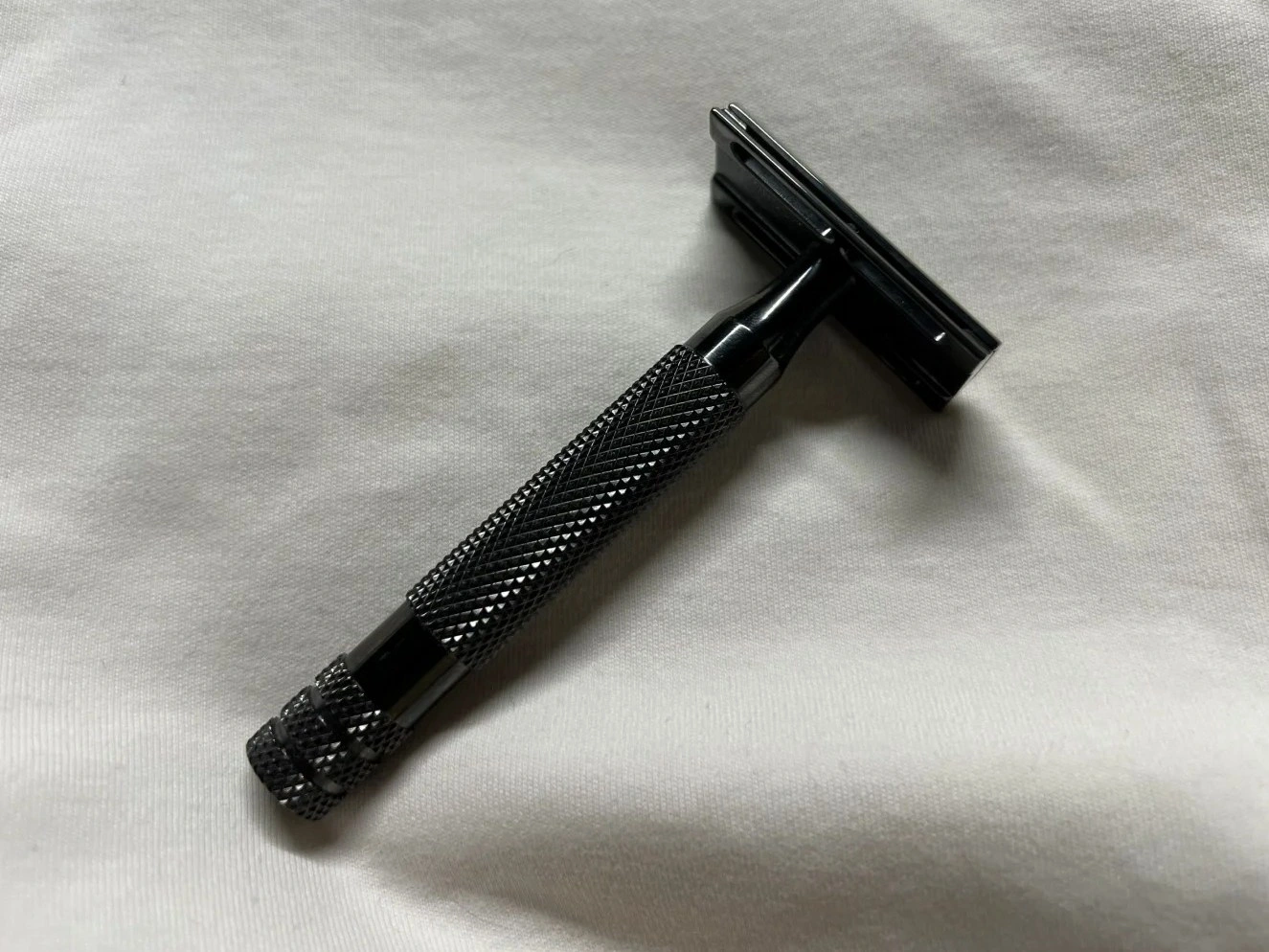
Learn More
Teflon Coating
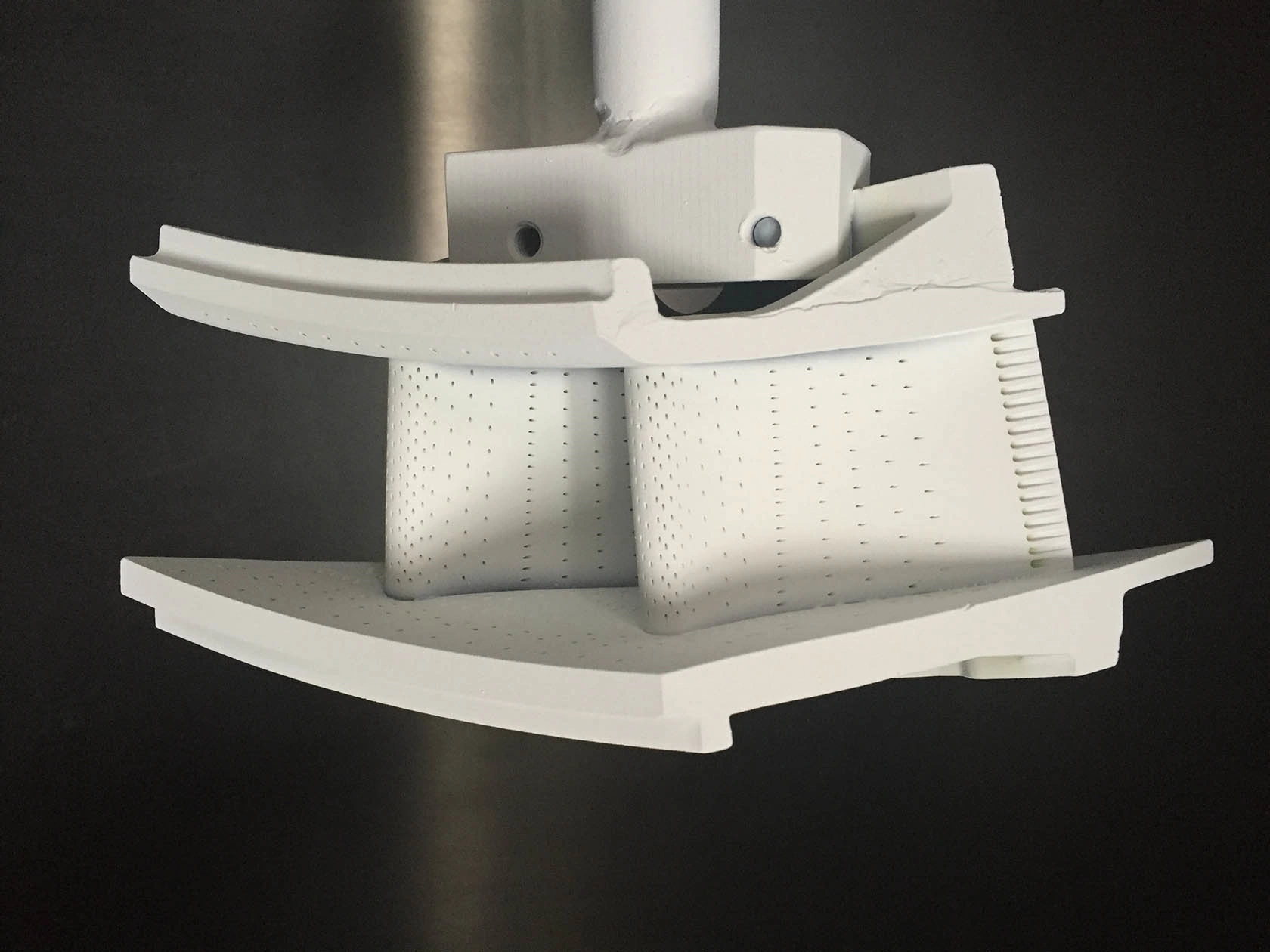
Learn More
Thermal Coatings
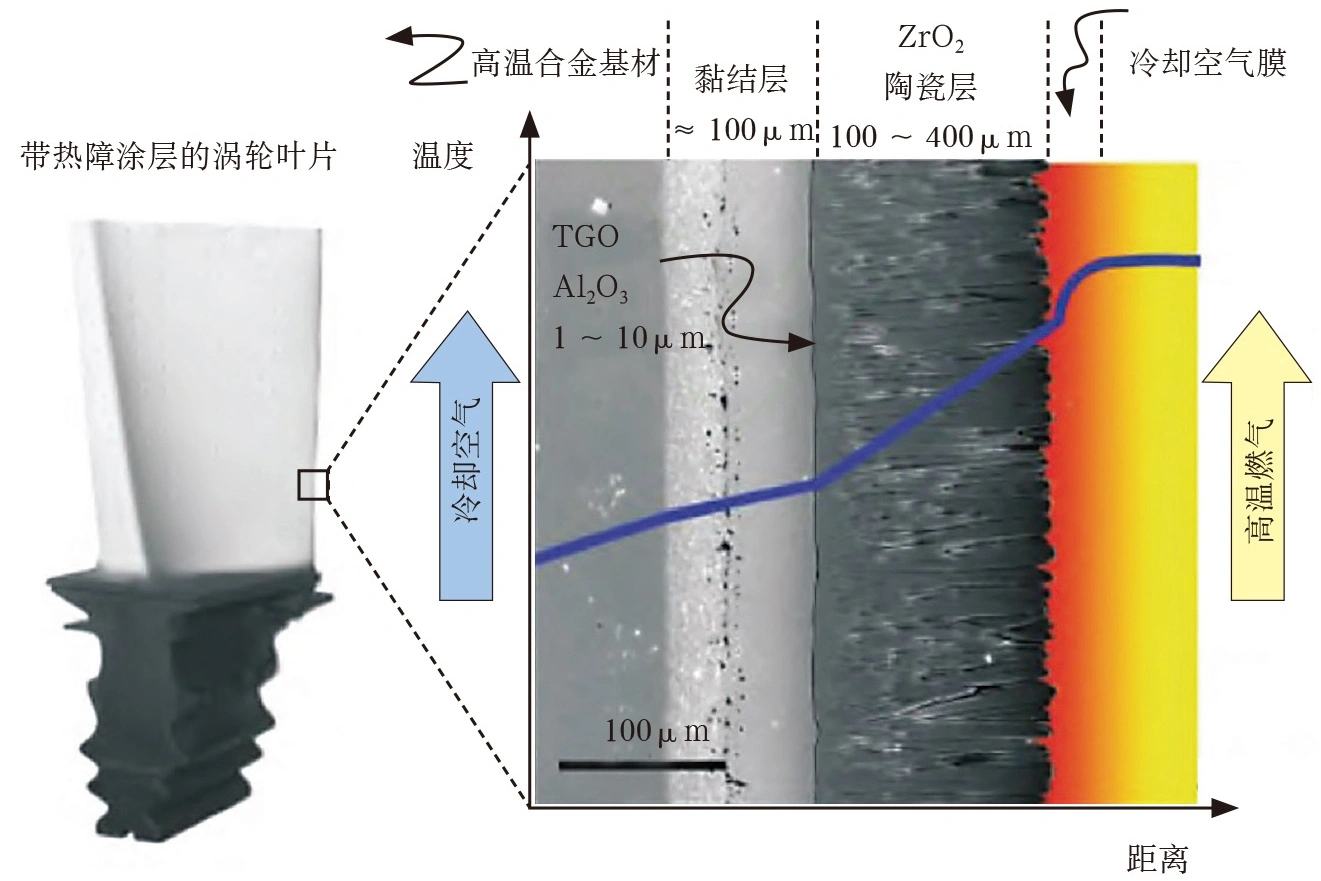
Learn More
Thermal Barrier Coatings
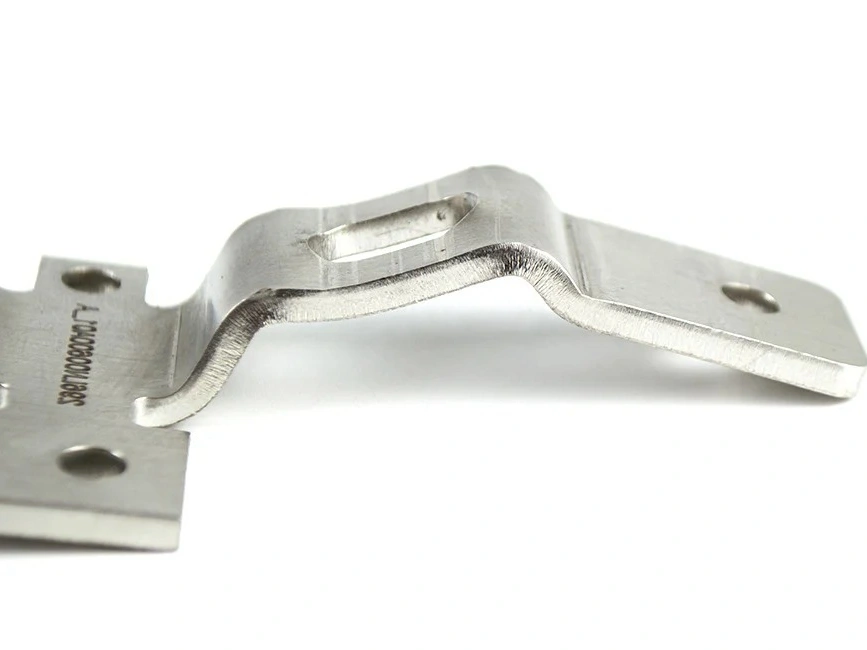
Learn More
Passivation
Custom Parts Gallery
Discover a wide range of custom insert molding parts through our visually appealing gallery.
Let's Start A New Project Today
Custom Insert Molding Parts Design Suggestion
Understand the design limits for custom insert molding parts. These guidelines help optimize dimensions, wall thickness, insert integration, tolerances, and production volumes to achieve cost-effective, high-quality parts with secure plastic-to-insert bonding.
Frequently Asked Questions
Explore Related Blogs
Solutions
Copyright © 2025 Neway Precision Works Ltd.All Rights Reserved.
